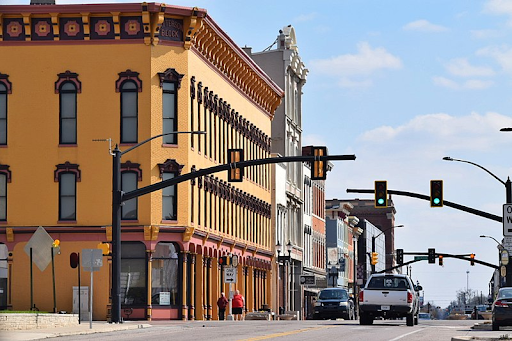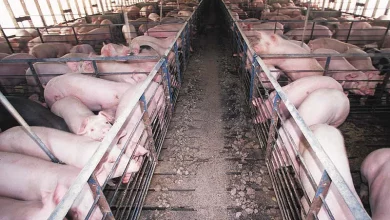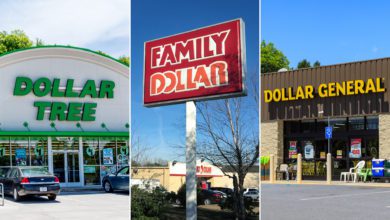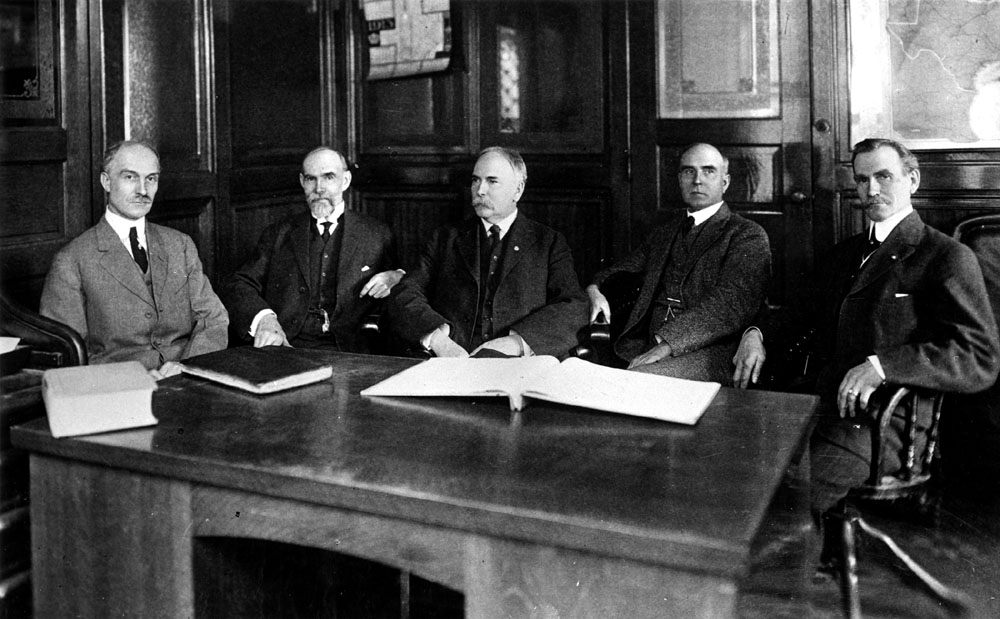
Sustainability: Community and Beyond
As global citizens continue to experience the negative effects of climate change, sustainability has become one of the most pressing issues in modern times. Climate change has caused global temperatures to rise and inclement weather events to increase. In recent years, Indiana has seen both higher average temperatures and wetter weather overall, a trend that’s likely to continue if we don’t work to curb climate change.
Flooding has become more prevalent across the Hoosier State, causing catastrophic damage. The Climate Change Reality Project reports that, in the period between May 2018 to April 2019, Indiana’s wettest period on record, flooding “forced farmers to push back planting their crops, damaged local infrastructure and homes, and in some cases, made drinking water unsafe.”
For small-town America, solutions may lie in community-based sustainability initiatives. Muncie community leaders should look towards other small towns and cities for inspiration — like Corning, New York, which experienced heavy flooding from Hurricane Agnes in 1972. During the rebuilding process, city leaders prioritized sustainability while also focusing on the revitalization of Main Street and improving community ties.
Now more than ever, reducing the impact of climate change starts at the community level. By collaborating with local builders, farmers, suppliers, and small business owners, city leaders in Muncie and elsewhere can pave the way towards a more sustainable future.
Community-Based Sustainability Initiatives
The city of Muncie was named an All-America City Award Winner in 2020 by the National Civic League. In consideration of the award, the National City League jury looked at numerous factors from the pool of applicants. Namely, the jury was interested in how Muncie exemplifies civic innovation, collaboration, and inclusiveness at the community level.
No matter where you live, sustainability is crucial to a community’s future. And the good news is that sustainability initiatives are typically large in scope, encompassing a variety of industries and business sectors. Like Muncie, towns and incorporated areas throughout the U.S. can easily implement sustainability initiatives designed to reduce environmental impact and curb pollution.
To foster community sustainability over the long term, city leaders must address environmental, social, and economic concerns, and look for actionable solutions. Community-based sustainability initiatives may involve reducing waste, implementing comprehensive recycling programs, investing in renewable energy, and more. Agriculture is also a big part of the overall picture, and local farmers are increasingly looking towards the natural world in matters related to climate change and sustainability.
Thinking Outside the Box on the Hunt for Solutions
And make no mistake: The natural world has a lot to offer when it comes to addressing environmental issues. Within the construction sector, for example, sustainable building materials are used in increasing frequency, many times as a result of governmental sustainability measures.
The City of Bloomington, Indiana, passed its Green Buildings Program in 2009, requiring future new construction and renovation of municipal buildings to be built to the LEED Silver standards established by the U.S. Green Building Council. The use of renewable energy is encouraged, including geothermal heat pumps, biomass, passive solar, and photovoltaics.
Green building also encompasses construction materials themselves. Sustainable building materials are those produced with minimal environmental impact and made from renewable resources. Recycled plastic is frequently used in the production of new siding, and even fungi are gaining traction as a potentially viable, renewable construction material.
Dehydrated fungi are already being used to form sturdy bricks used in the construction process, but fungi’s potential applications don’t stop there. While it may sound a bit like science fiction, mushrooms have the potential to adapt to the surrounding environment without human intervention, using what is known as bio-sensing technology. According to researchers, fungi grown inside a building’s frame may be able to use this biosense to detect changes in temperature, light, and pollutants, and then respond accordingly.
Sustainability Starts with You
Research into fungi as a sustainable building material remains ongoing, and community leaders should take note. In the meantime, citizens with a passion for sustainability can take matters into their own hands. Children are often inspired to protect nature by spending time in the great outdoors, and the same goes for adults.
In this way, community-based sustainability starts in your own backyard. For starters, consider how a traditional grass lawn, prolific across much of Indiana, impacts the surrounding environment.
Green grass lawns require copious amounts of water to maintain as well as gas and/or electricity to power the mowers and additional tools used for lawn upkeep. Along with varying your landscaping to conserve water, other green living tips for your yard include using the right soil composition to reduce water waste and replacing energy-draining exterior lights with solar-powered versions.
Even though individual sustainability efforts may seem negligible, considering the scope of climate change, your actions may help influence others in your community to do the same. In terms of reducing the effects of climate change, small towns like Muncie have the power to make a huge impact, using community-based sustainability initiatives.




